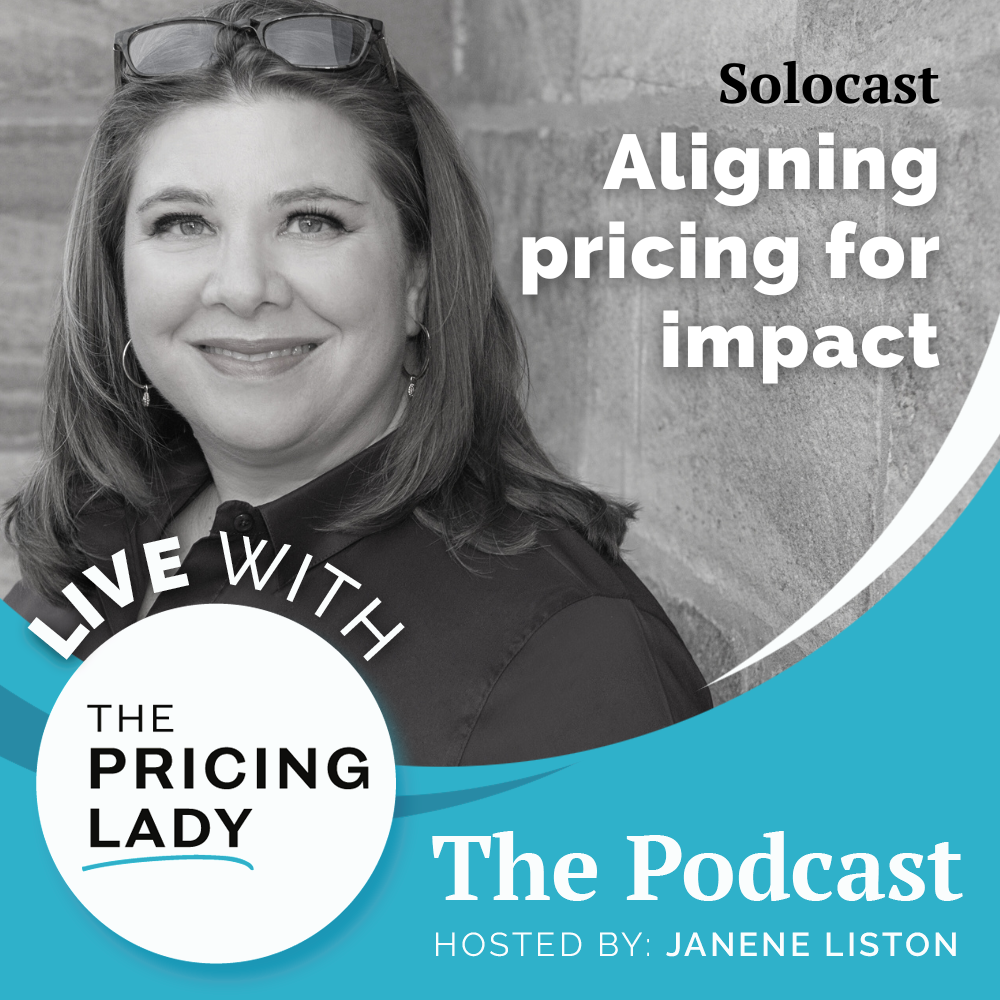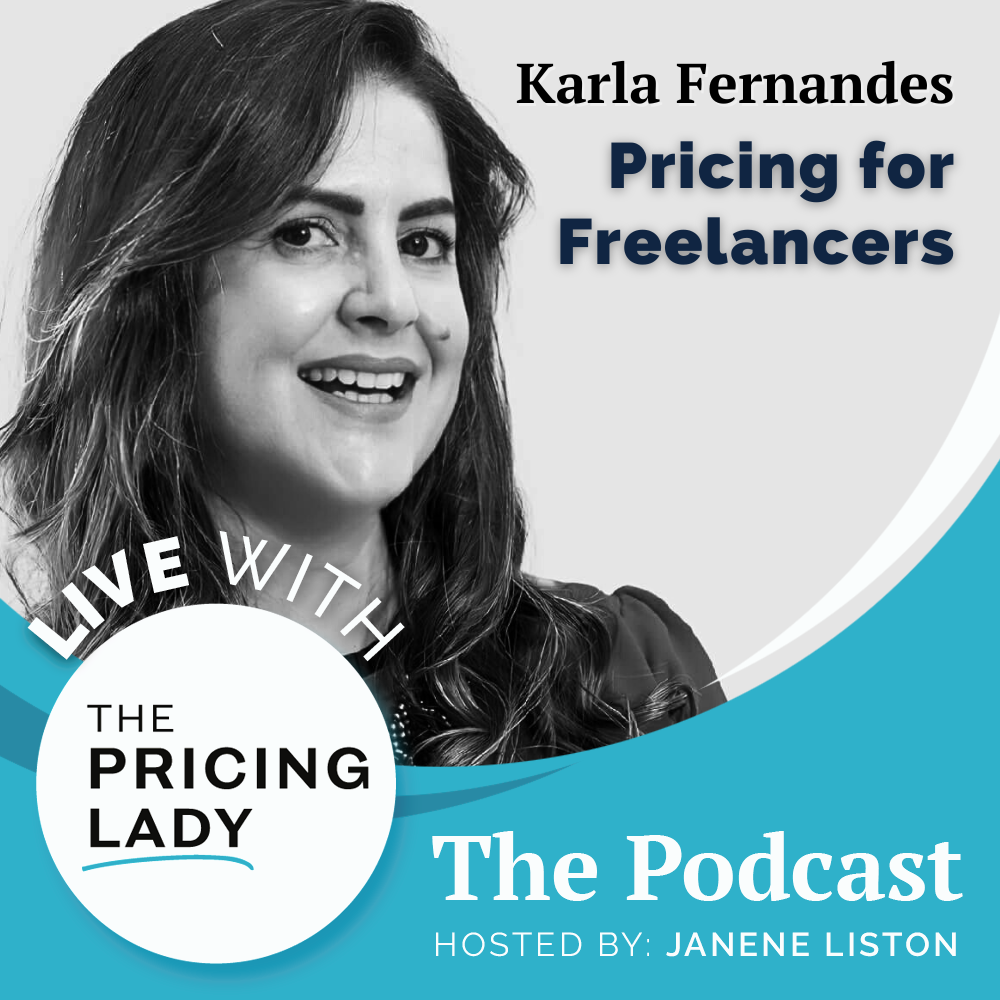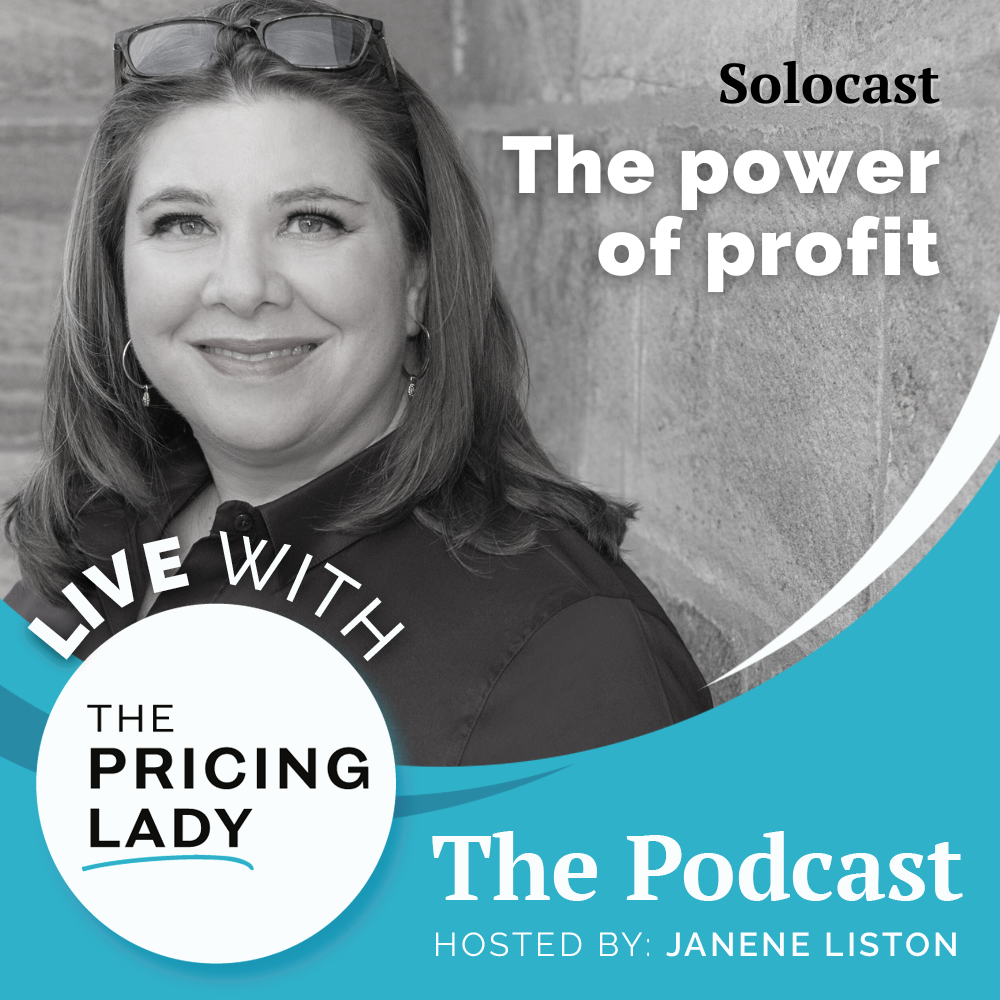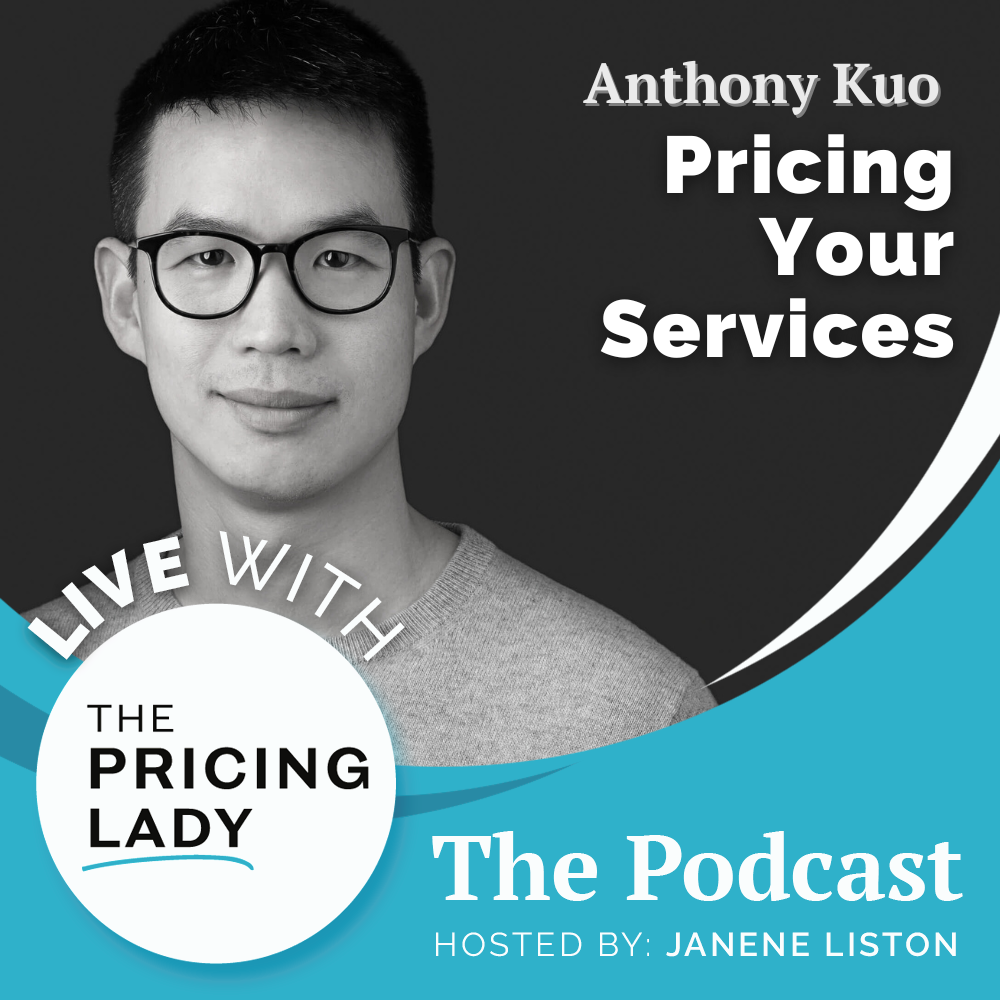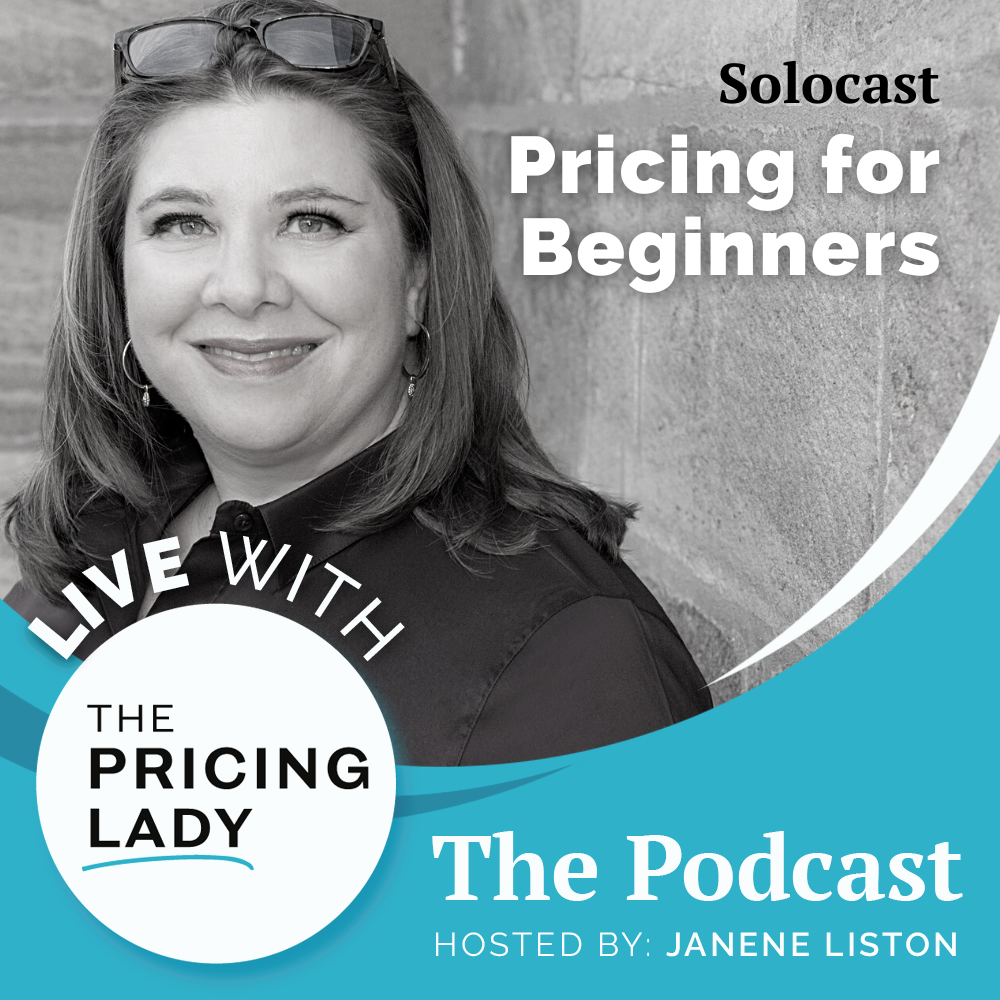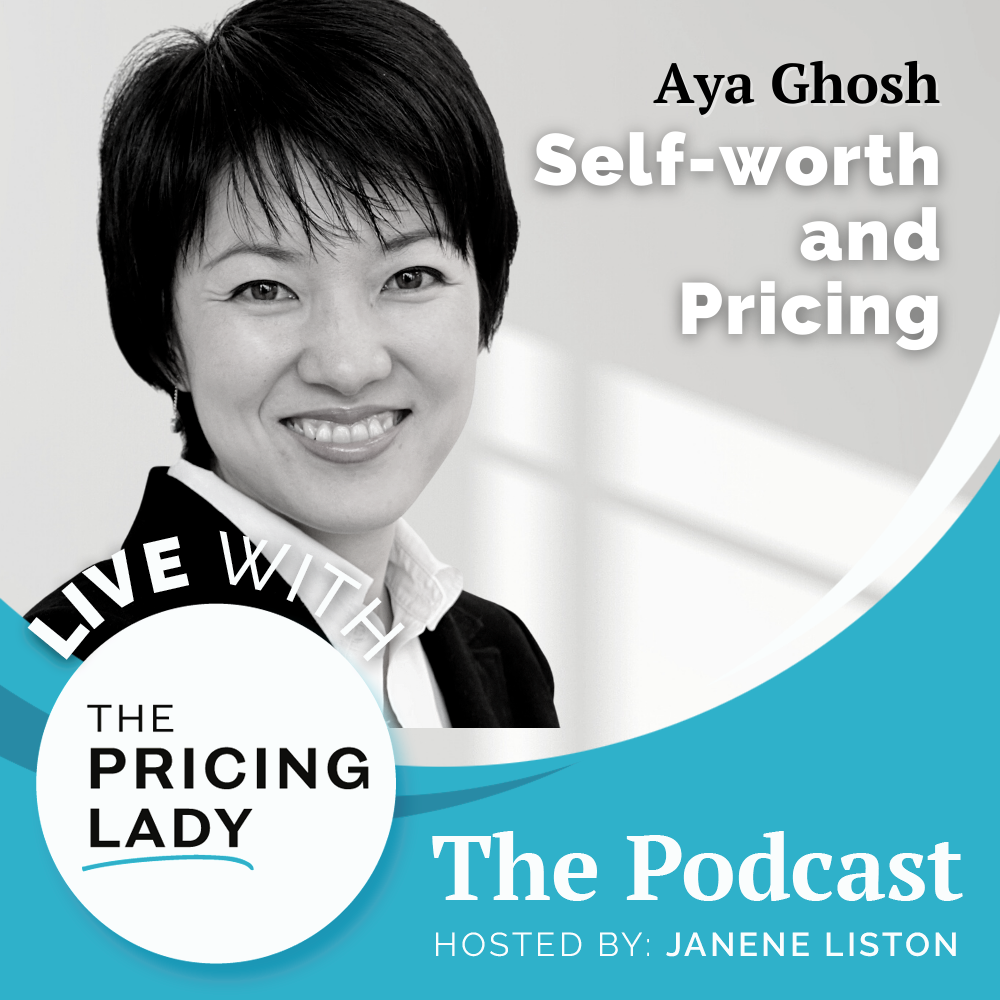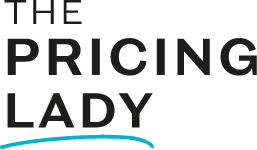Making the shift from job to entrepreneurship can be tricky. Pricing is one area where most people have no idea where to start. They end up making it up as they go along, which leads to mistakes & a lot of wasted energy. Finding the right prices is more difficult than needed and the uncertainty in your prices makes communicating them feel incredibly awkward. Of course, learning the hard way may also lead to some great successes. Probably with more pain than necessary along the way.
What can you do? Listen to others who have gone before you. Learn from their mistakes and successes. Someone like my guest on this weeks’ show.
In This Episode
I sat down with Kristen Westcott, online Business Strategist and Copy Writer for coaches. She made the transition from working a job to starting her own business. When she started she made some pretty hefty pricing mistakes. She’s also seen, as a coach herself, how others struggle with pricing. We can learn from her experience and better understand what doesn’t work and what does.
Find out more about Kristen’s journey and more. If you prefer, you can watch the video of this episode on my YouTube channel. Note the highlight timing is different.
Episode Highlights
- 1:39 Get to Know Kristen
- 4:46 How she started
- 6:17 What went wrong at the start
- 8:32 Pricing felt like…
- 11:40 Mindset work is worth it
- 15:06 Don’t price by committee
- 16:51 Business advice & tips
Favorite Quotes
“The value I bring my clients is clarity. At the end of the day if you lack clarity in your business, you’re spinning your wheels. You’re trying a bunch of things, going two steps forward and one back. We dig into what’s needed to get you that clarity.” Kristen
“There’s all these other pieces you have to consider (when price setting) now that you’re self-employed. Including investing in your business & retirement, overhead and expenses, marketing, coaching & service providers. All these things have to be paid by the business and considered in pricing.” Kristen
“There were others who were offering something that seemed similar but not charging for it. But what I was doing was quite different because I had a framework and process to offer. We dug deeper into things like mindset and why we make healthy choices. Trying to convince myself that somebody could find that valuable was a challenge for me.” Kristen
“The value of your program, does not equal your worth.” Kristen
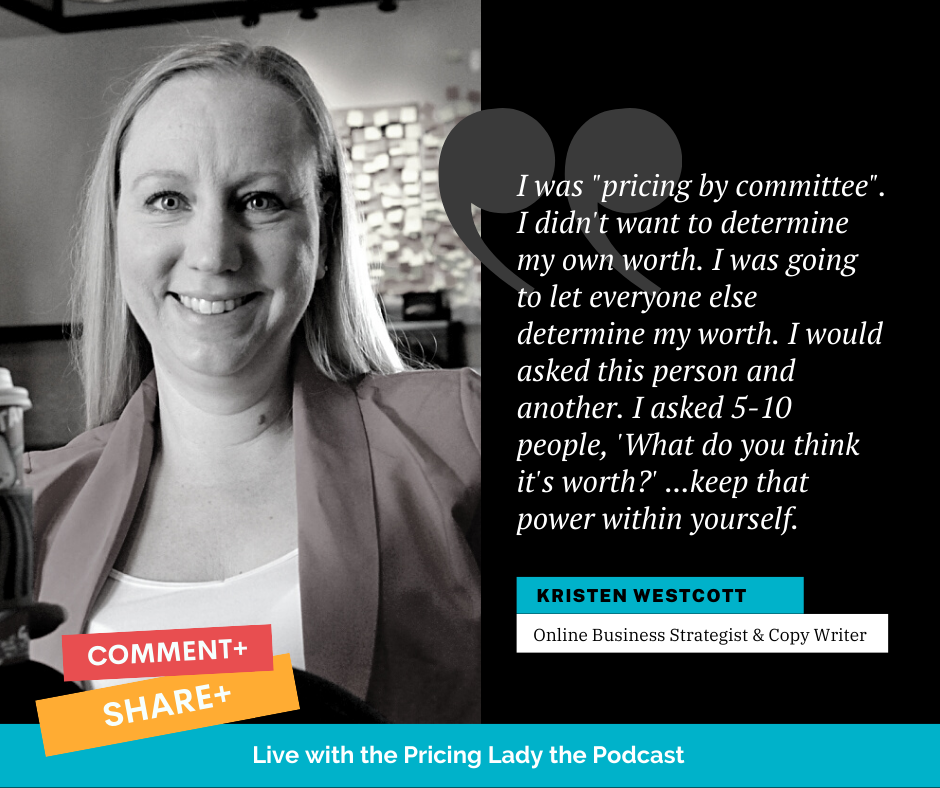
Episode Links
- https://www.instagram.com/kristen.westcott/
- https://www.kristenwestcott.com/facebook
- https://www.linkedin.com/in/kristenwestcott/
Connect with Janene
Website | Linkedin | YouTube | Facebook | Email List
Get started improving your business. Sometimes it’s difficult to know where to begin. I suggest you Download the the self assessment Pricing Scorecard. Get a view of what’s working and what’s not working when it comes to pricing in your business. Figure out where to start making improvements.
Get in touch with Janene. If you’ve got a question that needs answering, a challenge you’re facing or you have suggestions for future topics or guests, let me know. Contact Janene.
Listen up! Don’t miss out. There’s a lot going on and you’ll want to be in the know. Follow my YouTube channel (rate it too please) so you don’t miss an episode of Live with the Pricing Lady or join my Email List.
Transform your business and life. My business is about helping you build a better business. One that’s profitable and where you can confidently charge for the value you deliver. Curious about my coaching and consulting offers, check them out. Let’s see how we can work together. Book a complimentary Discovery Call today!
Episode Transcript
Janene: . Let’s get right into it. And why don’t we start with, where are you calling in from?
Kristen: I am from Niagara falls, Ontario. So for those listeners who don’t know where that is, it’s just north of your New York border. Oh, wow.
Janene: Fantastic. I’ve actually never been to Niagara falls.
Kristen: Oh, it’s a must-see but I do recommend the springtime rather than this time of year, right? No, it would be kind of cold.
Janene: Question number two. What is your superpower?
Kristen: I have been told I am really great at organizing the chaos. So imagine those tangled Christmas lights, I am great at kind of separating them all out and really starting to see how we can break things down. Okay. You know, take all of that chaos and put it in order.
Janene: That’s a great skill. There’s a lot of chaos out there. All right. Next question. What’s one interesting thing that most people do not know about.
Kristen: I don’t share this a lot online. I have quite a spiritual side to me that people don’t often associate with me because I’m very type a very logical, very left-brained. But what you can’t see here on my desk is a whole bunch of crystals and things like that.
Janene: Well, that’s really, that’s lovely. I know. I tend to be very left brain oriented myself. And for the past five years, I’ve done mindfulness meditation, but I came to it through the neuroscience side, not through the spirituality side. Yeah. So I guess there’s lots of ways to come to these things.
The Value Kristen Brings Her Clients
One more question for you. I always like to ask this question because our topic on the show, as everybody knows, is pricing, and there’s such a strong connection between price and value.
So what would you say is the real. Down to the very nitty-gritty roots, the real value that you deliver your clients?
Kristen: Well, I’m going to say probably it’s that, that clarity and at the surface, like you said, it doesn’t quite seem like that’s what they’re looking for. That’s the value. But at the end of the day, if you lack clarity, In your business going forward, you’re spinning your wheels.
You’re trying a bunch of things, that proverbial throwing spaghetti against the wall, you know, take two steps forward one step back. And so what we really dig into is, is getting that clarity around what’s going on in their business. Where does they really want to go? Their vision? What are their deep core values that we can make sure that they are building a business that they’re going to love.
And that they’re not going to look back three years from now and say, oh my goodness, how did I get to where I am? So we really dig deep into those things so they can have that clarity on how they want to proceed going.
Janene: Wow. Excellent. That helps them then also build a stronger business, ultimately?
Kristen: Yes.
Janene: Super well, thank you for sharing
How Kristen Got Started
I’d like to take you back to when you first started your career, where did you start your career?
Kristen: In the online space.
I actually started out as a health and life coach. Which probably is a second piece that a lot of people don’t know about me. That’s how I got into the online space and figuring out this business thing, because I, I had no prior knowledge. My background is in sociology. I had no business experience, but when you start to learn something new, I did what a lot of people do.
I took a bunch of online courses and that kind of stopped. And then from there I realized that, rather than getting into the coaching I really loved helping the other business owners figure out all those steps and pieces to kind of putting that together. So I transitioned into operations and really helping people figure out the strategy and all of those pieces that kind of go, go together.
And so it’s, it has been quite the journey that I feel like I’ve kind of just circled around so many pieces of this online space, but yeah, I got started in the coaching space, right.
Janene: Oh, that’s really interesting. And you’ve been a self supporting, that’s the wrong phrase, self-employed the entire time then?
Kristen: Well, when I started as a coach I was doing it as a “side-hustle”. I was still working my corporate job while I was learning the coaching skills and trying to build that business on the side. And in 2019 I left that position and I went full-time. So since 2019, I have been full-time or fully supporting. My business is the only income I bring in.
Pricing Mistake – Didn’t Consider Costs
Janene: So you took the leap. Excellent. When you first had to price the services you offered, how did you go about doing that?
Kristen: When I first started, it was as a health coach. I spent a lot of time looking at different things and I got caught up in the blogging world.
If your listeners, aren’t quite familiar with the blogging space. It’s a lot of very low priced courses, right? A lot of the $9 to $37 type products with like their top product being like 197. That’s kind of what I was picturing in terms of pricing my services is kind of in alignment with what was going on there. And then looking at what was I making in corporate and thinking, okay $35 an hour here.
So therefore I should be charging around that for my coaching. Rather than considering all of the additional expenses for running your own business. I was really just taking that corporate mindset of dollars per hour and applying that to my business as to what I thought people would pay for that type of service.
Janene: Right. Which is a common mistake that most people make. That they think, okay, if the equivalent of my salary is $35 an hour, then that’s what I should be charging people. But as you alluded to, it’s quite different than that. How did you come to that conclusion?
Kristen: I was working with coaches who politely acknowledged that error. We worked through all these other pieces you have to consider now that you’re working for yourself. Including investing in your own retirement, investing in all of the business, overhead and expenses, investing in marketing, investing in coaching & service providers. All of these things have to be paid for by the business.
I Wasn’t Comparing Like Things
Janene: Yeah, it’s absolutely true. You have to consider costs & profits. Many new service-based business owners don’t pick up on that until later on in their business. You’re not alone. How did it feel to you when you first had to start saying, okay, I’m going to charge for what I do.
Kristen: It was an adjustment. I feel like again, I started in the health and, and life coaching industry.
There was a lot of the MLM companies out there who don’t charge for their coaching. And I say that because they didn’t have certifications. They don’t have a background, they don’t have a framework. They don’t have a process. And yet they’re calling themselves coaches. I’m not at all bashing the coaches in that industry. They weren’t charging because they’re making their money off their shakes and all of the other things.
Therefore it was a challenge for me to see how people would value or pay for health coaching when it had the same title as what they were receiving for free or what they thought they were receiving for free. In actuality, what I was doing was quite different. I had a framework and a process that we would work through over time. We dug deeper into the mindset piece behind why they were making the choices they were making.
Trying to convince myself that somebody would find that valuable was a challenge for me.
What Made the Biggest Difference in Your Pricing
Janene: I’d like to understand more about what has worked well for you when it comes to pricing in your business? What’s brought you the farthest?
Kristen: First of all, doing the mindset work. Recognizing that the price tag on my products is not equal my value. For a while there, I had those things interconnected. I felt people wouldn’t want to pay that because I wasn’t worth that amount. I’ve really had to work hard on separating those two things and recognizing that that has nothing to do with me and the value I bring and everything to do with the, the cost of running the program, putting it together and marketing. And the transformation or the result they’re going to get and what that is worth to them.
It’s not something that happened overnight. And every time I shift into something new or put out a new offer, I have to go back through that same process because those same kinds of thoughts come up in my head of. Is this worth it? Are they going to pay this? Am I going to be able to deliver on something like this?
To me, that is a big component of setting your pricing. It’s really doing the inner work.
Janene: Right. What’s one step people can take in order to help them get started on doing that?
Do the Work
Kristen: I’m a big proponent of working with a coach. And so whatever capacity that is for you, whether it’s a group coaching program or one-on-one coaching, I’m a big proponent of, of getting that feedback.
I like the group programs because you get a whole community that give feedback. Right. Just doing things like affirmations or meditation and sitting with those thoughts. I’m not sure if your listeners are familiar with Byron Katie, but she has a book called “The Work”.
In it you’re asking yourself these four questions. And a lot of times when things come up, I’m going back through the four questions. Is this true? What else could be true? And really working to separate my worth from the price tag on the product.
Janene: Right, right. Yeah. I’ve worked with Byron Katie, so work as well. This is a funny statement, but I think everybody understands what I mean. And it is, it is very powerful, but it’s not always easy. Right. So it brings up all kinds of stuff that maybe. I would prefer to ignore…
Kristen: That’s why I work with a coach. Right. They’re pushing me to kind of get through that uncomfortableness.
Janene: Yeah, absolutely. And you know, a lot of it, I think a lot of it is stuff, there’s stuff that you’re aware of and there’s so much. You know, you’re, you’re just completely oblivious to. And then, you know, one day you say something and you hear it for the first time out loud, come out of your mouth.
You’re like, wow do I really believe that? Oh, we gotta work on that one. Yeah.
I Was “Pricing by Committee”
Let’s start wrapping this up. What’s one thing people should remember from our discussion today.
Kristen: Well, we’ve talked a lot about how the value of your program doesn’t equal your worth. But I just want to kind of add one more thing onto that. There is another error that I made. I call it pricing by committee. Because I didn’t want to determine my own worth, I was going to let everyone else do it. I would ask this person, what do you think I should price it at? And I would ask this person, and I would ask like five or 10 people. What do you think this is worth?
I was allowing them to determine the worth and the value of what I was offering, when they didn’t understand what I was doing. Keep that power within yourself rather than allowing other people to determine the worth. Okay. So no pricing by committee.
Janene: Yeah. That’s a good one. No pricing by committee. I mean, it’s certainly, if you ask people, you probably ask 10 people, you get 10 different answers. For sure.
Kristen: Exactly. And they’re conflicting because like you said, someone thinks it should be your low end offer and someone else thinks it should be your core offer. And now you’re back where you started with all the different answers and still no idea as to where to price.
Janene: And if they’re not someone who would actually ever buy your services then of course you get all kinds of weird input. That’s not really very helpful. We always talk about family, friends and fools. So avoid, the triple F family, the friends or the fools, like a telephone plan.
Wrapping it Up
What’s the best business advice that you’ve ever been given?
Kristen: One of the things that I’ve been told is to really sit with things for a day or two, instead of just jumping right into it. A lot of times we can react very quickly in a variety of situations, whether it’s in pricing, whether it’s in figuring out a new product, whether it’s in responding to something on social media, it can be in a variety of different instances.
But instead of just immediately react, try to sit with it. Work through whatever the emotions are. And then from that place, you’ll be able to respond in a better way.
Janene: So true. Next. What’s one business tip you’d like to share with the group?
Kristen: One of the things that we get glossed by is focusing on our vision and our values. They are foundational to your your offers, your customer journey, your pricing, your customer experience. I suggest revisiting those on a regular basis.
I do it every morning in my journaling. Do this weekly in a team meeting – start the team meeting with your company’s vision and values.
Janene: Good one. OK, next. What’s a favorite book you’d like to share?
Kristen: The Big Leap by Gay Hendricks. He talks about a variety of different things. Like your zone of excellence versus your zone of genius and how we often get stuck in that zone of excellence, because we’re so good at it.
He also talks about an upper limit problem. When you hit that threshold again of pricing or value, you start to self-sabotage. A lot of what’s going on is because you’ve got an upper limit problem. It’s a great read.

